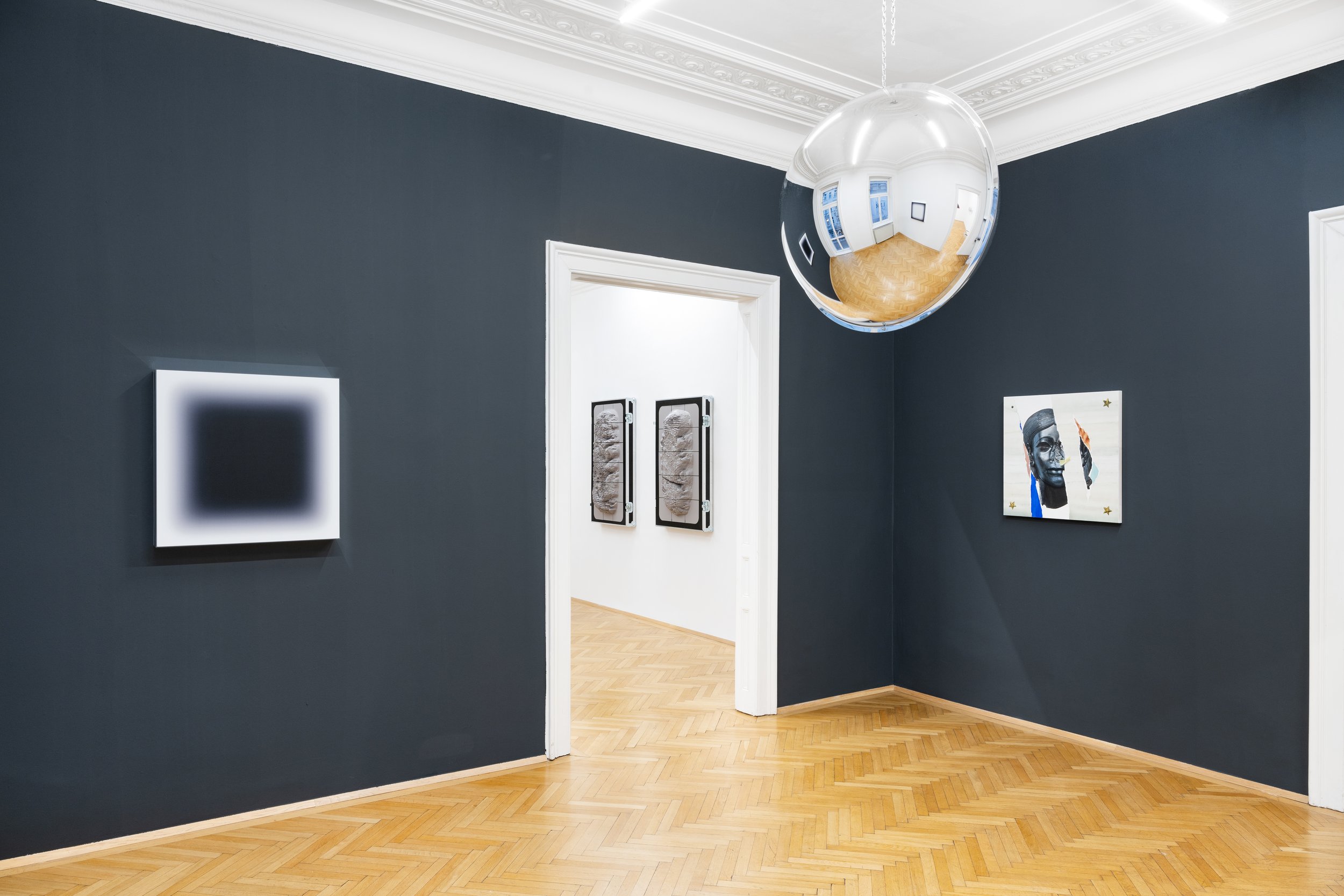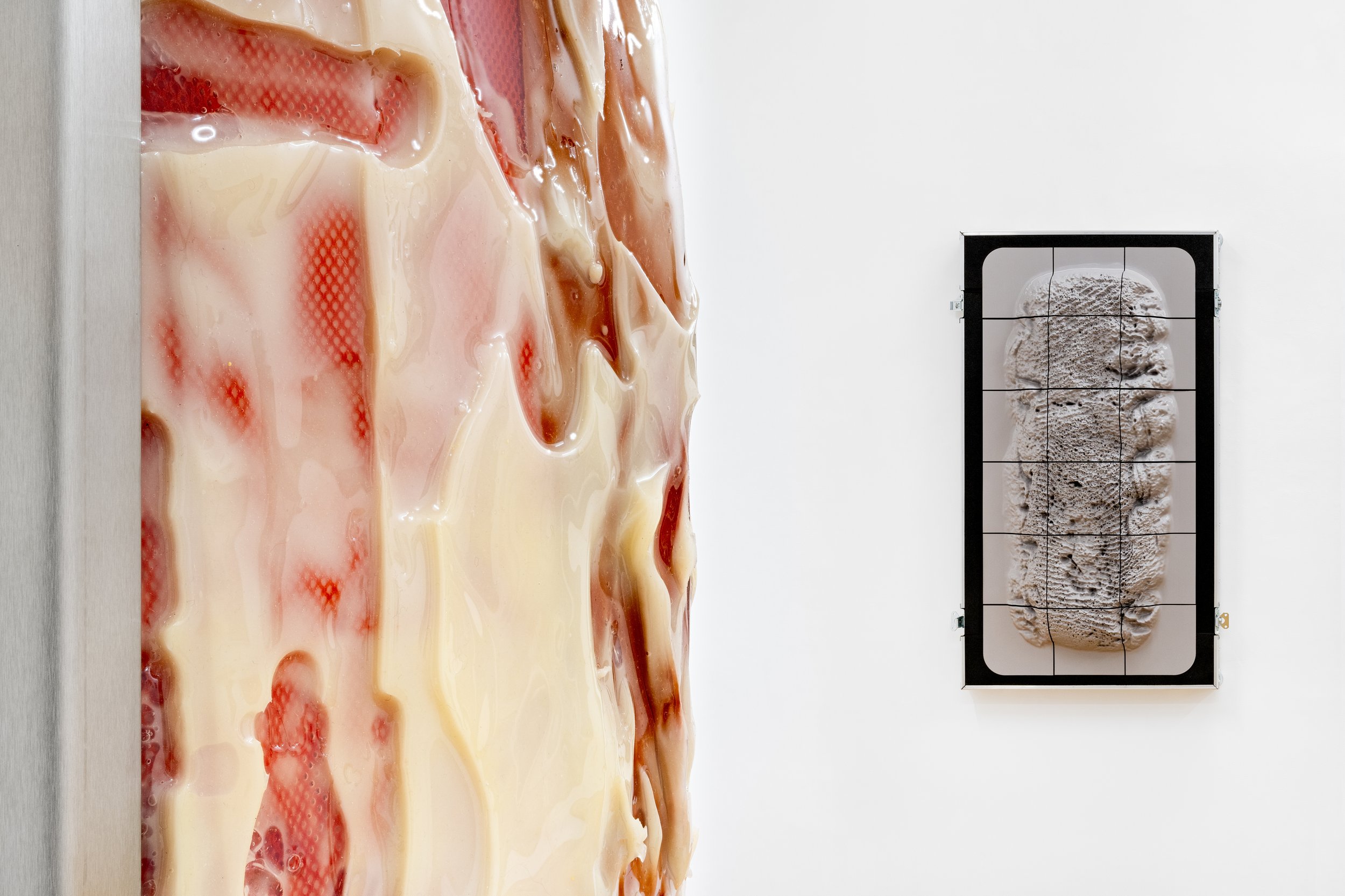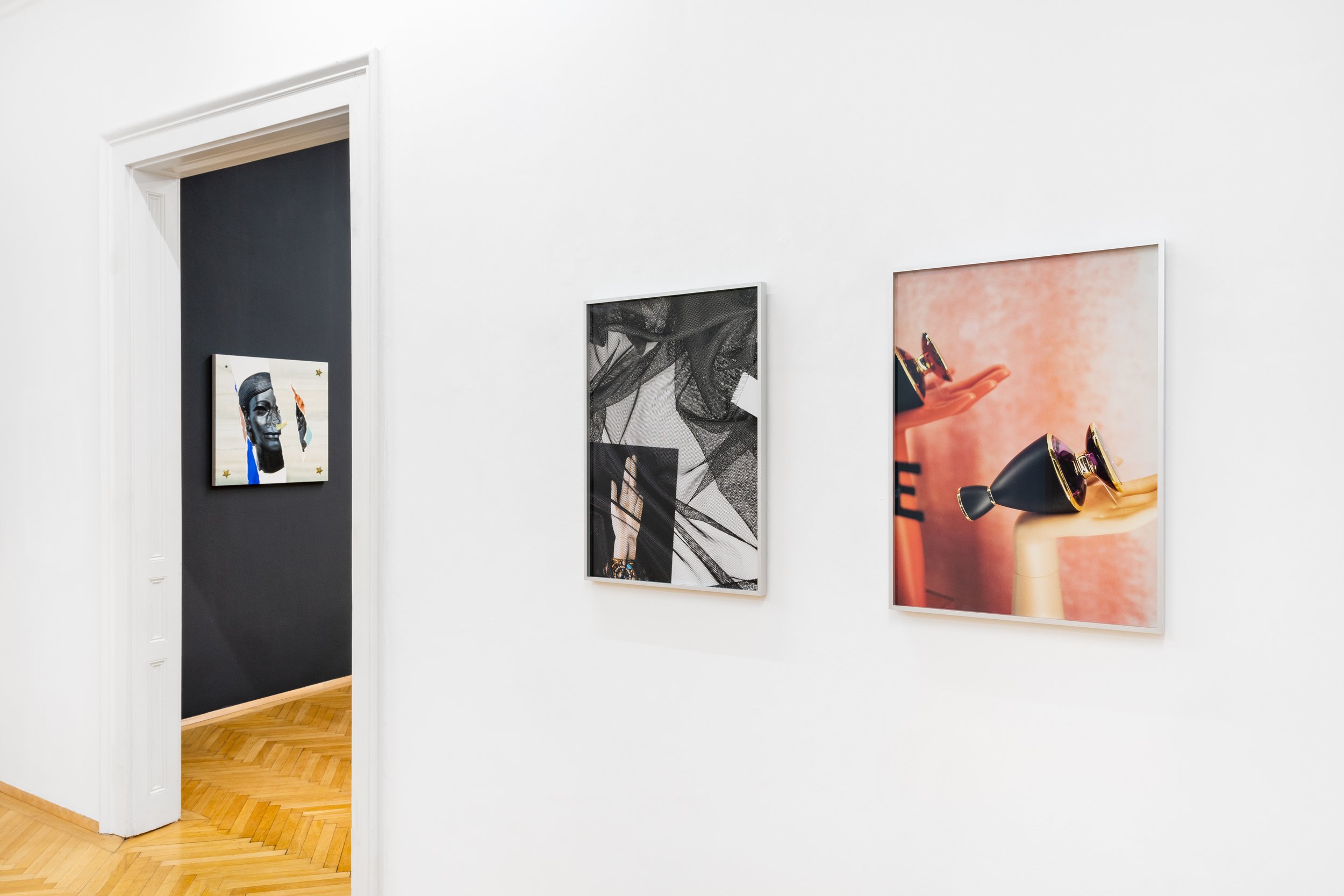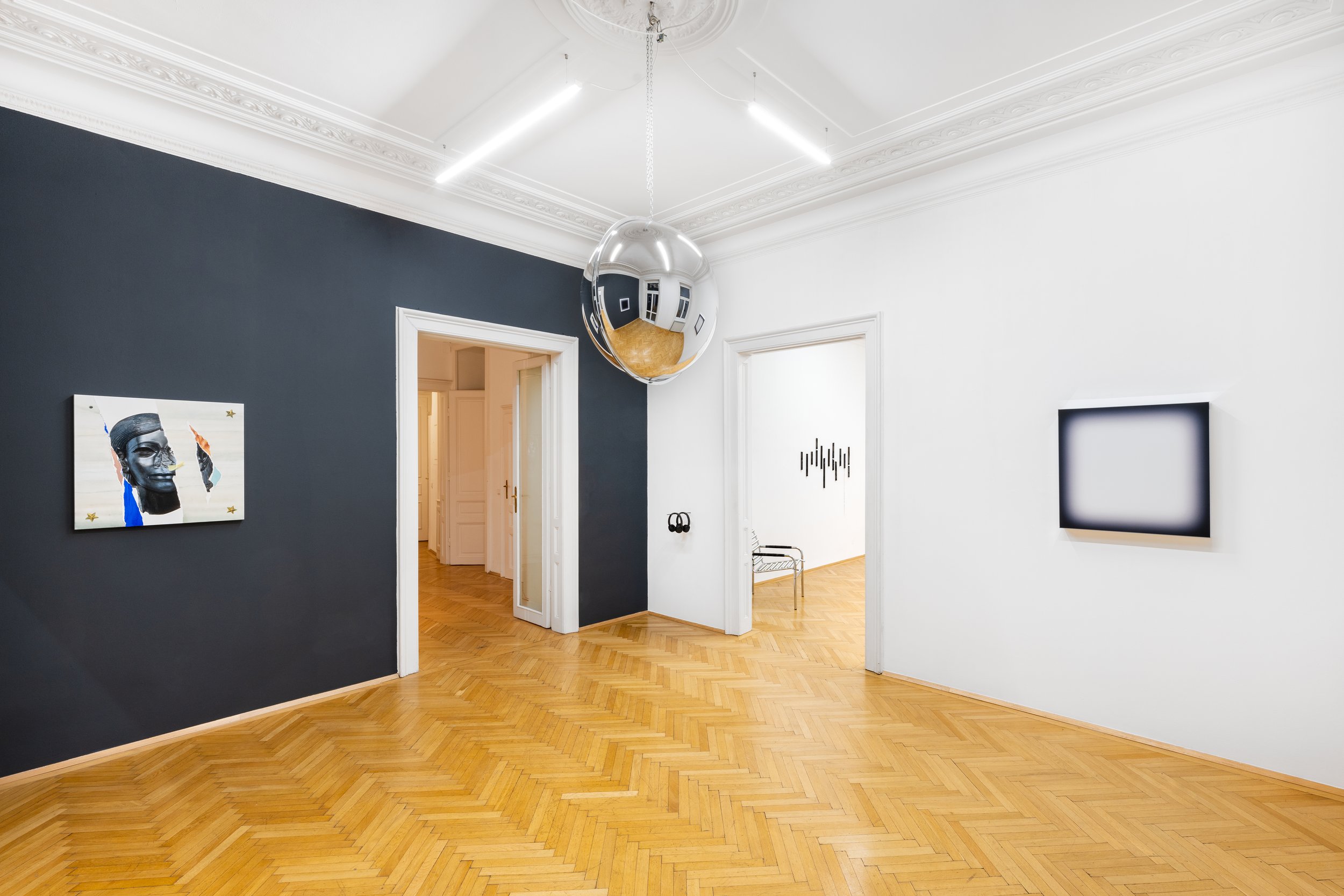GRIT
Débora Delmar, Sophie Hirsch, Alex Ito, Xenia Lesniewski, Sami Mandee,
Jonny Niesche, Bianca Phos, Markus Proschek, Laura Schawelka
FEB 7 - MAR 16, 2024










































The purpose of this text is not to explain the artworks, nor will these illustrate the text; they enter in a space of resonance with each other.
Has it previously been the promise of future assets to compensate for the boredom of the workplace that shaped the impetus to participate in the economic system, it now is the fluid condition of permanent crisis that motivates the individual to stay in line. This state of emergency offers us a variety of distracting choices to turn our attention from the experience of shapeless anxiety, triggered by the economic uncertainties and structural violence, towards the predefined threat of a ____-crisis (fill in the blank space at your convenience). We are permanently kept alert, each one of us trapped in our own customized damage-narrative (even embracing mental illness as an escape from uncertainty1), unable to address the source of societies discontents; acquired helplessness.
“No one is bored, everything is boring“ cultural critic Mark Fisher wrote in 2014. Boredom still had an empowering potential, as an acute encounter of existence stripped of its distractions. Being bored could be a motivation to actively create alternatives to a situation from within (“There is no alternative“). Many experience boredom as an existential threat and resort to a strategy of neurotic avoidance mediated via external dispositives. Through our pocket mirrors2 we are in a constant flow of stimuli from the cloud, without a subject being able to be bored we rely on the hyperreal life of our simulacrum to substitute this void. This inability to postpone instant gratification (which is by nature devoid of satisfaction) and to put an effort into building something sustainable to obtain a positive perspective onto things to come, results in the experience of a “cancelled future“ as Fisher calls it. Like in the horror-movie The Endless (2017), we are caught in loops of endless repetition of already seen and already heard, trapped like an insect in amber. Maybe we can escape the terror of a perpetual now, the omnipresence of the Zeitgeist, by gradually extending the loop into time, cut it open, to include the past and the certainty that our now is the future´s past, into the experience of a continuity that even exceeds the anthropocentric scale (there is something soothing in Lovecraft´s concept of deep time and its indifference). In the movie the whole scenery is controlled by an invisible gaze from above, in the clouds, like the all-seeing eye of a demiurge. But to paraphrase Wilde´s Dorian Gray into the realm of the gaze: “There is only one thing in the world worse than being observed, and that is not being seen at all.“ We rely on the mirror as a proof of existence through the image of an intact self; narcissistic self deception as survival strategy. A touchscreen doesn‘t give a complex sensual feedback, everything has the same cold pristine smoothness, as do our snippets of conversation; a loss of touch, of being in touch. But the mirror cracks, the real seeps through the gaps, the physical demands its toll. Our body with its immanent feedback structures is our most persistent ally to obtain resilience against the aimless disintegration of the self and its detachment from reality.
I: breathe in, breathe out :I